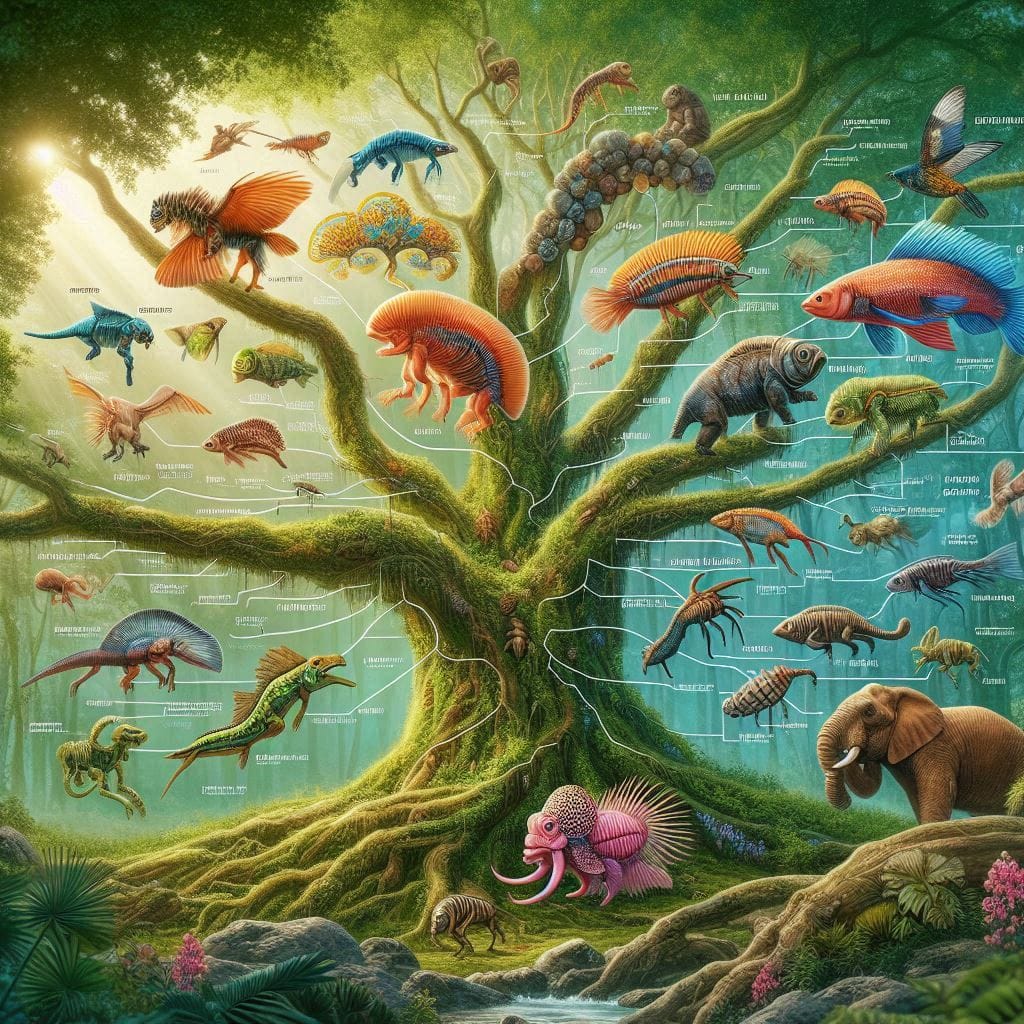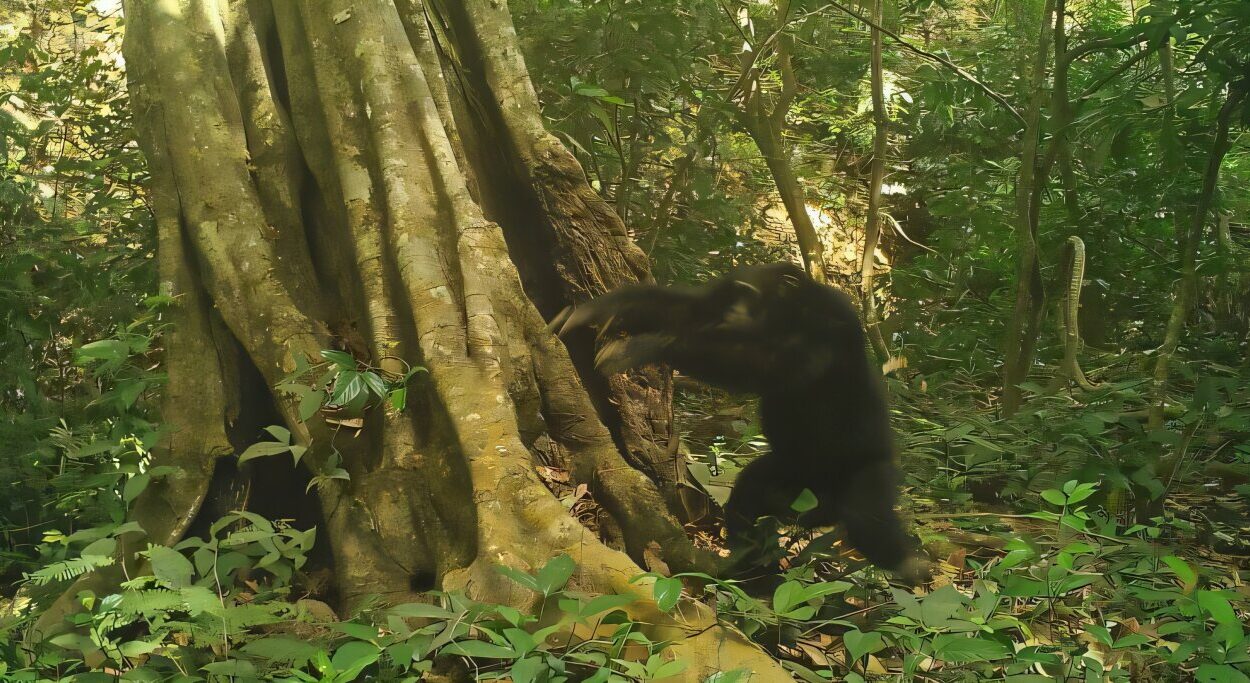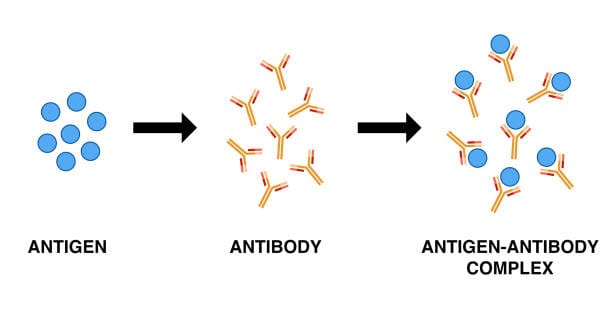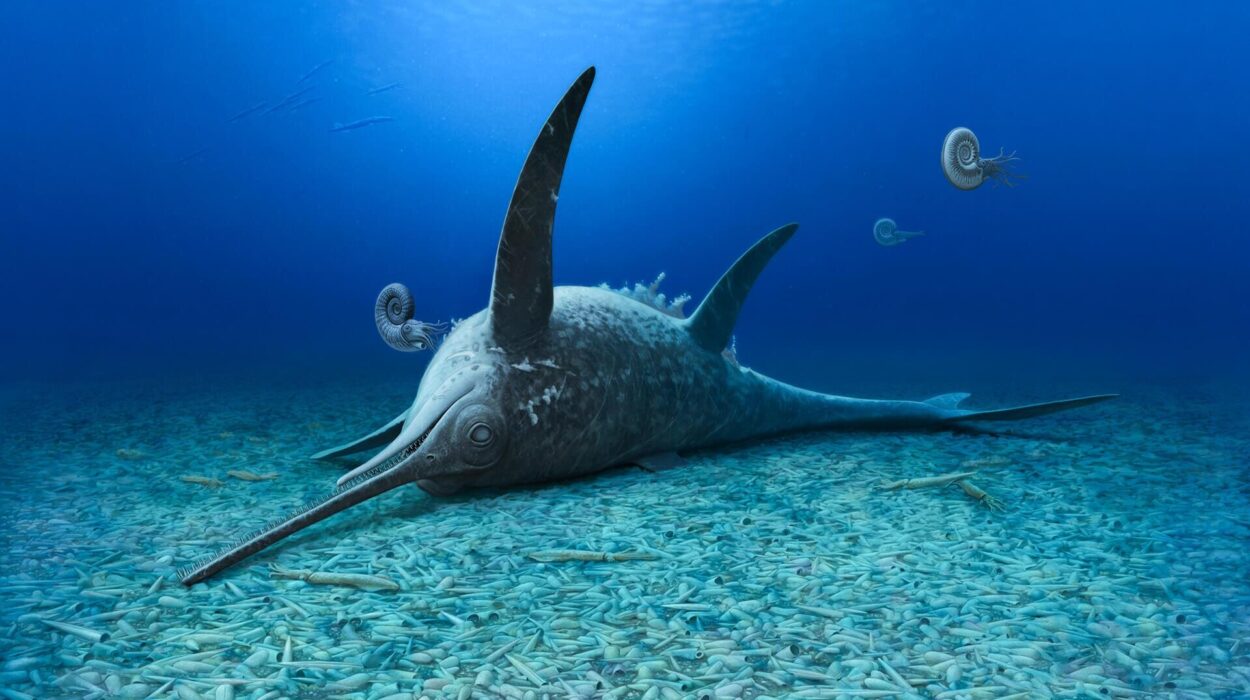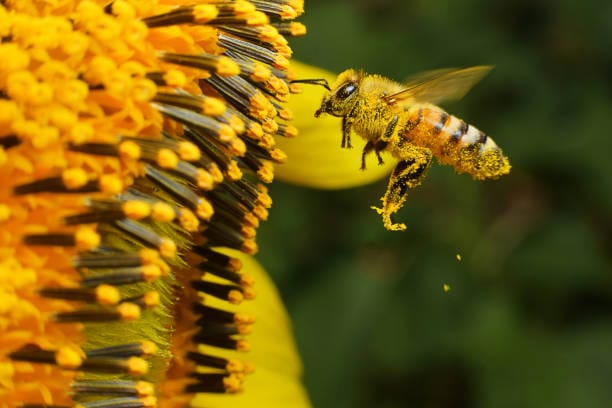Life on Earth is a grand, ancient story—an epic billions of years in the making. It is a tale written not in ink, but in genes, bones, and branching paths of descent. The great evolutionary Tree of Life is not a metaphor—it is a scientific reality, a massive web of lineage connecting every living organism, past and present, to a common ancestral origin. Every leaf on this tree represents a species, and every branch records the winding path of life’s long and unpredictable journey. From the simplest microbes to the complex architecture of the human brain, all living things are twigs of a single, enormous tree rooted deep in Earth’s primeval history.
Understanding the Tree of Life is not just about classifying organisms—it is about understanding ourselves. It is about seeing where we come from, how we’re related to every other form of life, and why the diversity of life is both beautiful and vulnerable. It tells us that evolution is not an abstract theory—it is the living process that created every eye, every wing, every root, every heartbeat.
But to truly understand this tree, we must begin at its base, at the beginning of life itself.
The Common Thread: All Life Shares a Universal Ancestor
Imagine Earth more than 3.5 billion years ago—a planet without plants or animals, without oxygen in the atmosphere, a hostile world of volcanic eruptions, acidic seas, and alien skies. Somewhere in this harsh environment, chemistry gave rise to biology. The exact details are still shrouded in mystery, but scientists agree that life began with simple, single-celled organisms that could copy themselves, metabolize energy, and evolve.
This earliest life form—often called LUCA, the Last Universal Common Ancestor—was not the first organism to ever exist, but it was the most successful one. Every living thing that exists today, from whales to wheat to bacteria in your gut, descends from this ancient microbe. LUCA was likely a tiny, heat-loving organism that lived in the deep ocean, perhaps near hydrothermal vents. It had a genetic code, probably used RNA or early versions of DNA, and passed traits to its descendants through reproduction and mutation.
From LUCA, life began to diversify. Through the slow and steady process of evolution—mutation, selection, and inheritance—descendants changed, branched out, and adapted to new environments. Over billions of years, these branches accumulated differences, resulting in the astonishing variety of life we see today.
The Tree of Life is the map of these divergences.
Branching Out: Evolution Is Descent with Modification
At the heart of the Tree of Life lies a simple but powerful idea: descent with modification. When organisms reproduce, their offspring are not exact copies. Tiny changes occur in their DNA—some helpful, some harmful, most neutral. Over time, beneficial changes accumulate in populations, leading to adaptation and the emergence of new species.
The Tree of Life is built on these evolutionary splits. Every time a group of organisms diverges from a common ancestor and becomes genetically isolated, a new branch forms. Some branches flourish and divide further; others wither and die, leaving behind only fossils or even vanishing without a trace. The tree is not linear—it is a complex, branching network, shaped by extinction, innovation, and chance.
Charles Darwin first sketched this concept in 1837 in a notebook, drawing a tree-like diagram and writing the words “I think.” His insight would become one of the most important ideas in science. With the theory of evolution by natural selection, Darwin gave the Tree of Life a mechanism—an engine to explain its shape and growth. Modern biology, especially genetics and molecular biology, has confirmed and deepened this view.
Today, we can reconstruct the Tree of Life not just by comparing physical traits, but by analyzing DNA sequences—reading the genetic history written inside every cell.
The Three Great Domains of Life
The deepest branches of the Tree of Life divide all organisms into three major domains: Bacteria, Archaea, and Eukarya. These are not kingdoms or classes—they are fundamental divisions that represent the earliest and most profound splits in life’s history.
Bacteria are familiar to us—they include organisms that cause diseases, ferment our yogurt, and live in our intestines. They are single-celled, microscopic, and immensely diverse. Archaea look similar to bacteria under a microscope, but genetically they are quite different. Many Archaea thrive in extreme environments—hot springs, salt lakes, acidic mines—and were long considered “primitive,” but recent research shows they are remarkably sophisticated.
The third domain, Eukarya, includes all complex life: animals, plants, fungi, and protists. Eukaryotic cells are larger and more structured than bacterial or archaeal cells. They contain nuclei and organelles—compartments like mitochondria and chloroplasts that perform specialized functions. Intriguingly, some of these organelles were once free-living bacteria, swallowed by ancestral eukaryotes in a process called endosymbiosis. This cooperation between ancient microbes was a revolutionary step, allowing complex multicellular life to evolve.
All humans, cats, trees, mushrooms, and amoebas are part of the Eukarya branch. But this branch is just one tiny twig compared to the vast microbial world. The majority of life’s diversity—both in terms of species and evolutionary history—is microbial. The tree is not human-centered. We are not at the top, just at the end of one narrow branch.
From Microbes to Multicellular Marvels
For nearly 2 billion years, life on Earth remained microscopic. Bacteria and Archaea reigned supreme, shaping the planet’s atmosphere, geology, and chemistry. Oxygen, for instance, was originally a waste product of photosynthetic bacteria—tiny organisms that poisoned the air for earlier anaerobic life. This “Great Oxygenation Event” 2.4 billion years ago transformed Earth’s atmosphere and allowed the evolution of more energetic metabolisms.
Multicellular life began to emerge roughly 600 million years ago. Cells began cooperating, forming colonies, and eventually specializing into tissues and organs. This opened the door to an explosion of forms. The Cambrian Explosion, about 540 million years ago, marks a dramatic period when most major animal body plans appeared, including ancestors of vertebrates, mollusks, arthropods, and more.
From this point, the branches of the Tree of Life multiplied rapidly. Plants colonized land, followed by insects, then amphibians, reptiles, birds, and mammals. Each new lineage was built on the same core processes: mutation, selection, adaptation. And all were connected by shared ancestry.
Even now, in every developing embryo, you can see this history replayed. Human embryos, for example, go through stages that resemble those of fish, reptiles, and early mammals. These echoes of our past are reminders that evolution doesn’t start from scratch—it repurposes, modifies, and builds upon what came before.
Cladograms and Phylogenies: Mapping the Tree
To visualize the relationships among species, scientists build diagrams called phylogenetic trees or cladograms. These are not genealogies of individuals, but hypotheses about evolutionary relationships based on shared traits and genetic evidence.
Each branching point, or node, represents a common ancestor. The closer two species are on the tree, the more recently they shared a common ancestor. For example, humans and chimpanzees share a more recent ancestor with each other than either does with a gorilla. This doesn’t mean humans evolved from chimpanzees—but that both species evolved from a shared ancestor.
Constructing these trees involves analyzing traits, fossils, and increasingly, DNA sequences. Molecular phylogenetics, which compares genetic similarities and differences, has revolutionized our understanding of evolutionary relationships. Surprising discoveries have emerged—like the fact that whales are more closely related to hippos than to other marine mammals, or that birds are actually a subgroup of theropod dinosaurs.
These trees are not static. As new evidence comes to light, branches are revised, moved, or split. But the overall shape—life branching from common ancestors—is unshakable. Evolution is not speculation; it is supported by an overwhelming convergence of data from every field of biology.
The Human Branch: A Twig with Deep Roots
Many people ask where humans fit on the Tree of Life. The answer is both humbling and awe-inspiring. Homo sapiens is just one species among millions. Our branch belongs to the great ape family, alongside chimpanzees, gorillas, and orangutans. Our closest living relatives are chimpanzees, with whom we share about 98.8% of our DNA.
Our common ancestor with chimps lived about 6 to 7 million years ago in Africa. From there, hominin species evolved—a group that includes Australopithecus, Homo habilis, Homo erectus, and eventually modern humans. For most of our history, we were not alone. Other human species, like the Neanderthals and Denisovans, coexisted with us. Some of their DNA still lives on in modern human populations.
But again, our place on the tree is not elevated above the rest. We are not the “goal” of evolution. Evolution has no foresight, no master plan. Intelligence is not a prize; it is one strategy among many. Beetles, for example, vastly outnumber us in species and individuals. Bacteria have endured far longer. Yet our minds give us the power to reflect on the tree itself—to understand it, question it, and affect it.
Fossils: The Leaves Preserved in Stone
One of the most tangible ways we trace the Tree of Life is through fossils. These preserved remains or traces of ancient organisms offer a window into evolution’s unfolding. Fossils reveal transitional forms—species that exhibit traits of two different groups, linking them on the evolutionary tree.
For instance, the famous fossil Archaeopteryx displays both dinosaur and bird characteristics, supporting the idea that birds evolved from theropod dinosaurs. Tiktaalik, a lobe-finned fish from 375 million years ago, has features of both fish and amphibians—fins with bones that resemble wrists, suggesting the transition to life on land.
Fossils don’t capture every species, and the record is incomplete, but when combined with molecular data, they help us understand the timing and pattern of branching events. They show that life is not a sudden miracle—it is a slow, branching process, shaped by extinction, survival, and endless modification.
The Tree Is Still Growing
Despite extinctions and environmental catastrophes, life has continued to branch. Today, an estimated 8.7 million species inhabit Earth, though many remain undescribed. The tree is still growing, its branches still splitting.
Evolution continues. Bacteria evolve antibiotic resistance. Insects evolve pesticide tolerance. New species emerge in isolated environments. Human activity is now one of the most powerful evolutionary forces—altering habitats, moving species across continents, and even directing evolution through genetic engineering.
In the age of genomics, we can now explore the Tree of Life in stunning detail. Projects like the Earth BioGenome Project aim to sequence the DNA of all known eukaryotic species, providing a comprehensive view of life’s relationships.
But with this power comes responsibility. The Tree of Life is in danger. Habitat loss, climate change, and pollution threaten countless branches. Extinction is irreversible. Every lost species is a severed thread in life’s tapestry—a story that ends too soon.
A Cosmic Perspective
When we look at the Tree of Life, we are seeing more than biology—we are seeing a deep connection to every organism that has ever lived. We are not isolated. We are not above nature. We are nature, part of a lineage that stretches back over 3.5 billion years.
This perspective is not only scientific—it is profoundly human. It challenges us to see kinship where we once saw separation. It calls for humility and stewardship. It invites us to protect the living tree we are part of.
The Tree of Life is not finished. It is still writing itself. And in its endless branching, we find meaning—not just in where we are going, but in where we came from.
